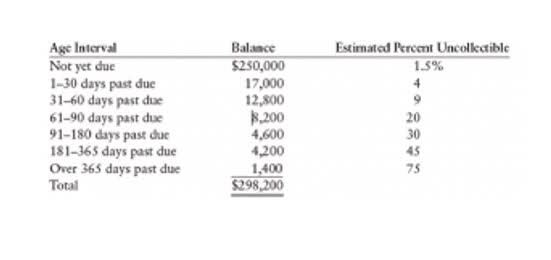
Positive shareholders’ equity means a company has enough assets to cover its debts or liabilities. Negative shareholders’ equity, on the other hand, means that the liabilities of a firm exceed its total asset value. Put more simply, shareholders’ equity is the total equity left over that shareholders would have to divvy up between themselves if a company was liquidated entirely to settle any outstanding debts. You can look for and calculate the equity in everything from basic items to business enterprises and stock portfolios.

Companies in the consumer staples sector tend to have high D/E ratios for similar reasons. You must then make fixed monthly payments to pay back the loan, which starts upon receiving the capital. You have total equity formula to approach a lender each time you want to take out additional funds. However, borrowers who barely make the cut with a credit score in the low 600s may face higher interest rates and lower loan amounts.
What Is Equity and How Do You Calculate It for Shareholders? Here’s What You Need to Know.
When a company is first formed, shareholders will typically put in cash. Cash (an asset) rises by $10M, and Share Capital (an equity account) https://www.bookstime.com/ rises by $10M, balancing out the balance sheet. The most liquid of all assets, cash, appears on the first line of the balance sheet.
It’s generally recorded at book value, which means it only includes tangible assets. A company may have intangible assets, such as a recognizable brand name, reputation, and goodwill, that may raise its value. However, this value may only be recognized when a business is sold or acquired by another company. Since repurchased shares can no longer trade in the markets, treasury stock must be deducted from shareholders’ equity. But an important distinction is that the decline in equity value occurs due to the “book value of equity”, rather than the market value. For mature companies consistently profitable, the retained earnings line item can contribute the highest percentage of shareholders’ equity.
The market capitalization method
The retained earnings portion reflects the percentage of net earnings that were not paid to shareholders as dividends and should not be confused with cash or other liquid assets. Current liabilities are debts typically due for repayment within one year. A steadily rising D/E ratio may make it harder for a company to obtain financing in the future. The growing reliance on debt could eventually lead to difficulties in servicing the company’s current loan obligations.

0 Comments